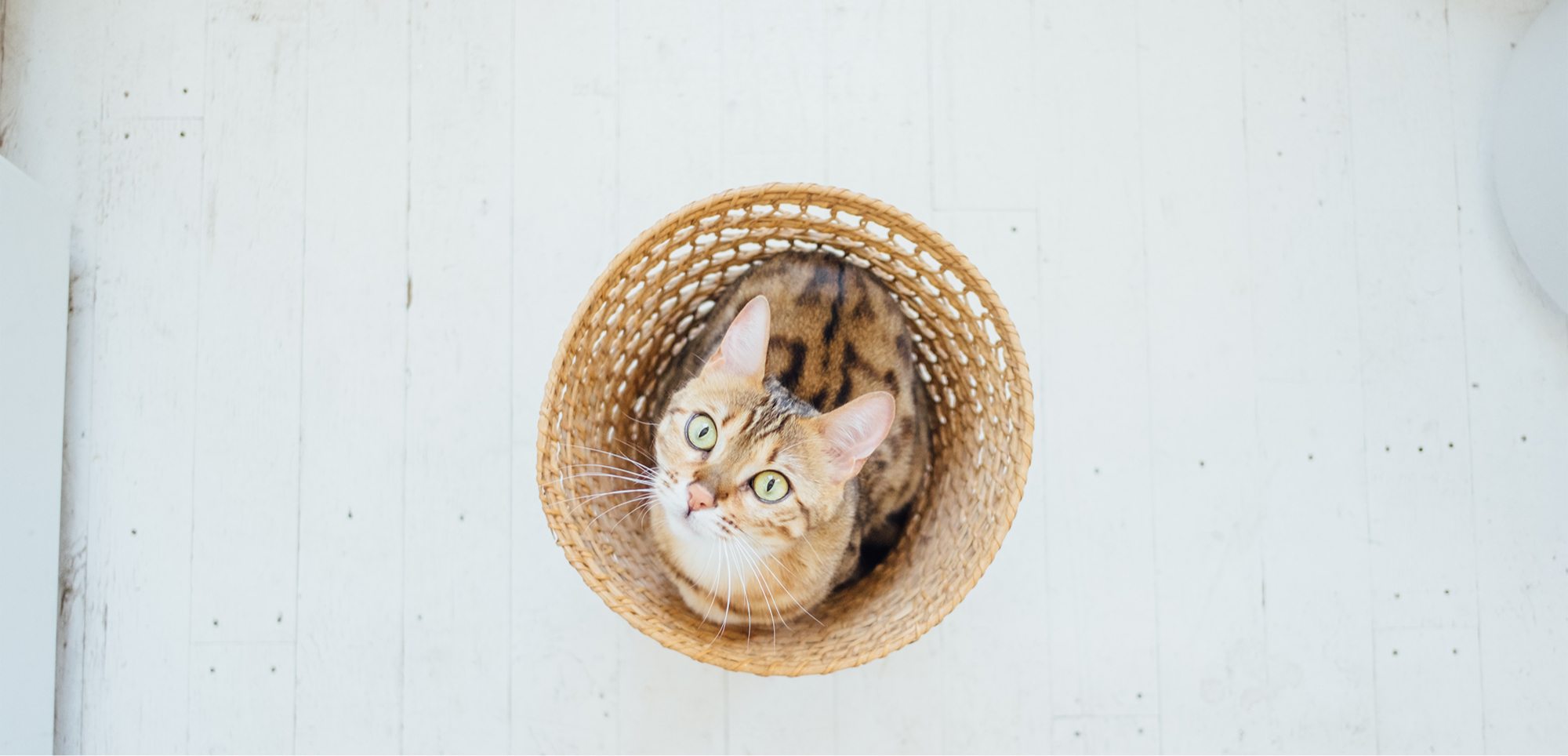Top tips for transporting your pets in the car
Before going on any trip, read through our top tips on protecting your pets from a ruff car ride
- If possible, try to get your pet used to being transported before any long trips to reduce stress. This can be done through gentle and patient training of the animal in the vehicle, making sure their experience is positive. Introduce them to short trips first. Build up to longer trips slowly and only when your pet is ready and coping well.
- Pets can easily jump out of a vehicle’s windows, so keep windows up or just slightly open. A rule of thumb: if your pet can get their head out then they can get completely out!
- The safest way for a dog to travel in a vehicle is contained in a crate that has been securely anchored. An alternative is to use a properly fitted dog harness that has passed safety-tests and is securely attached to the vehicle as directed by the manufacturer.
- If transporting a cat, keep them contained in a carry cage that is partially covered to make them feel more at ease; as cats can easily become scared in a car. The carrier must be ventilated and safely secured so it does not move around and hurt your cat.
- Pets should be kept in the back seat of the car, rather than the front. This will prevent them from being injured if an airbag deploys.
- Ask your vet how to make trips more comfortable for your pet. For example, animals that get motion sickness or are anxious during a drive can be given medications to help them. There are also pheromone-based products that may help cats and dogs feel more relaxed.
- Stop frequently during longer trips to allow your dog to exercise and go to the toilet. When leaving the car with your dog, they should always have a collar, ID tag, registration, and leash on.


